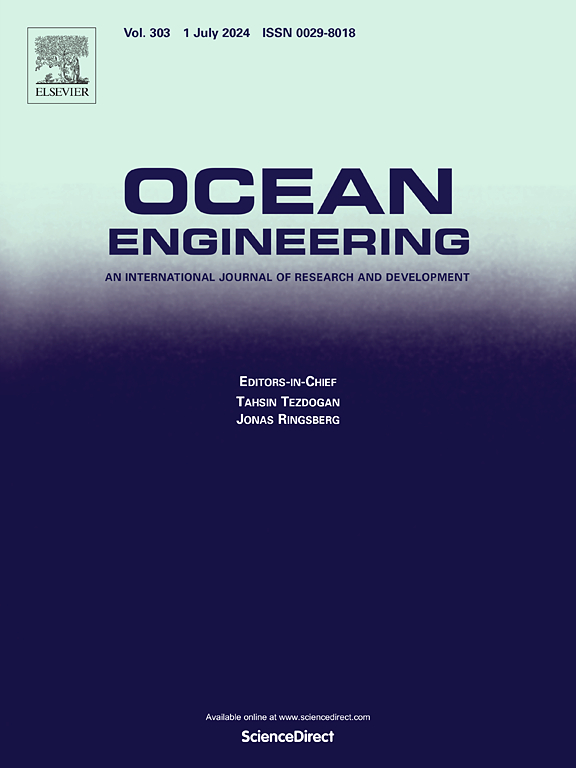Runup and inundation of non-decaying dam-break bores on rough uniform slopes
IF 4.6
2区 工程技术
Q1 ENGINEERING, CIVIL
引用次数: 0
Abstract
The dam-break mechanism has been frequently utilized in laboratories to generate bores and investigate the associated swash flows. However, as the bore length depends on the length of the dam-break reservoir, most of the published data cannot be comparable because they were not on the same basis in terms of the bore length. This study investigated experimentally non-decaying dam-break bores on smooth and rough slopes. We first compared the measured free surface elevations, runup heights, and inundation depths against published experiments for a non-decaying bore with the same bore strength. The comparison revealed satisfactory agreements between the two experiments. Then, the present data with various bore strengths were utilized to develop empirical formulas for predicting maximum runup heights and inundation depths. The reduction factors were introduced to compare the measured runup heights and inundation depths for bores on rough and smooth slopes to assess the effects of slope roughness. The empirical runup and inundation formulas for smooth slopes were extended to rough slopes used in this study by incorporating corresponding reduction factors. The extended formulas showed the accuracy and applicability for predicting runup heights and inundation depths within an error of about 15 % and with correlation coefficients of around 0.99.
粗糙均匀斜坡上未腐烂溃坝孔的冲刷和淹没
在实验室中经常使用溃坝机制来产生钻孔和研究相关的冲刷流。然而,由于钻孔长度取决于溃坝水库的长度,大多数已公布的数据无法进行比较,因为它们在钻孔长度方面不是基于相同的基础。本文对光滑和粗糙斜坡上的非腐坝孔进行了实验研究。我们首先将测量到的自由地表高程、上升高度和淹没深度与已发表的具有相同钻孔强度的非衰减钻孔的实验进行了比较。比较显示出两个实验之间令人满意的一致。然后,利用不同钻孔强度的现有数据,建立了预测最大冲刷高度和淹没深度的经验公式。引入折减系数,比较了粗糙和光滑边坡上钻孔的累计高度和淹没深度,以评价边坡粗糙度的影响。通过加入相应的折减因子,将光滑边坡的经验累积和淹没公式推广到粗糙边坡。推广公式的精度和适用性在15%左右,相关系数在0.99左右。
本文章由计算机程序翻译,如有差异,请以英文原文为准。
求助全文
约1分钟内获得全文
求助全文
来源期刊

Ocean Engineering
工程技术-工程:大洋
CiteScore
7.30
自引率
34.00%
发文量
2379
审稿时长
8.1 months
期刊介绍:
Ocean Engineering provides a medium for the publication of original research and development work in the field of ocean engineering. Ocean Engineering seeks papers in the following topics.
 求助内容:
求助内容: 应助结果提醒方式:
应助结果提醒方式:


